TP-Link LS1210P Manual
Læs gratis den danske manual til TP-Link LS1210P (2 sider) i kategorien Ikke kategoriseret. Denne vejledning er vurderet som hjælpsom af 10 personer og har en gennemsnitlig bedømmelse på 4.5 stjerner ud af 5.5 anmeldelser.
Har du et spørgsmål om TP-Link LS1210P, eller vil du spørge andre brugere om produktet?

Produkt Specifikationer
| Mærke: | TP-Link |
| Kategori: | Ikke kategoriseret |
| Model: | LS1210P |
Har du brug for hjælp?
Hvis du har brug for hjælp til TP-Link LS1210P stil et spørgsmål nedenfor, og andre brugere vil svare dig
Ikke kategoriseret TP-Link Manualer
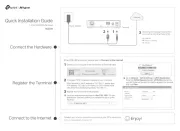
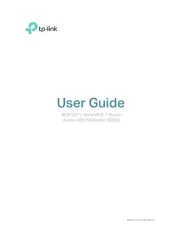

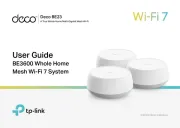
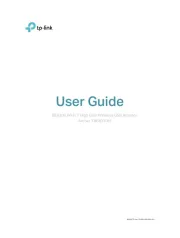

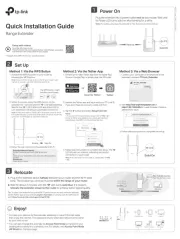
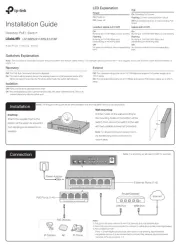

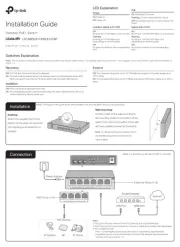
Ikke kategoriseret Manualer
- Bricasti Design
- Eurochron
- Rocstor
- Ubiquiti Networks
- Koenic
- Velleman
- Bellini
- Yoshino
- Nanni
- SIG Sauer
- Harper
- Trinnov
- Val Avionics
- Moldex
- AOpen
Nyeste Ikke kategoriseret Manualer









